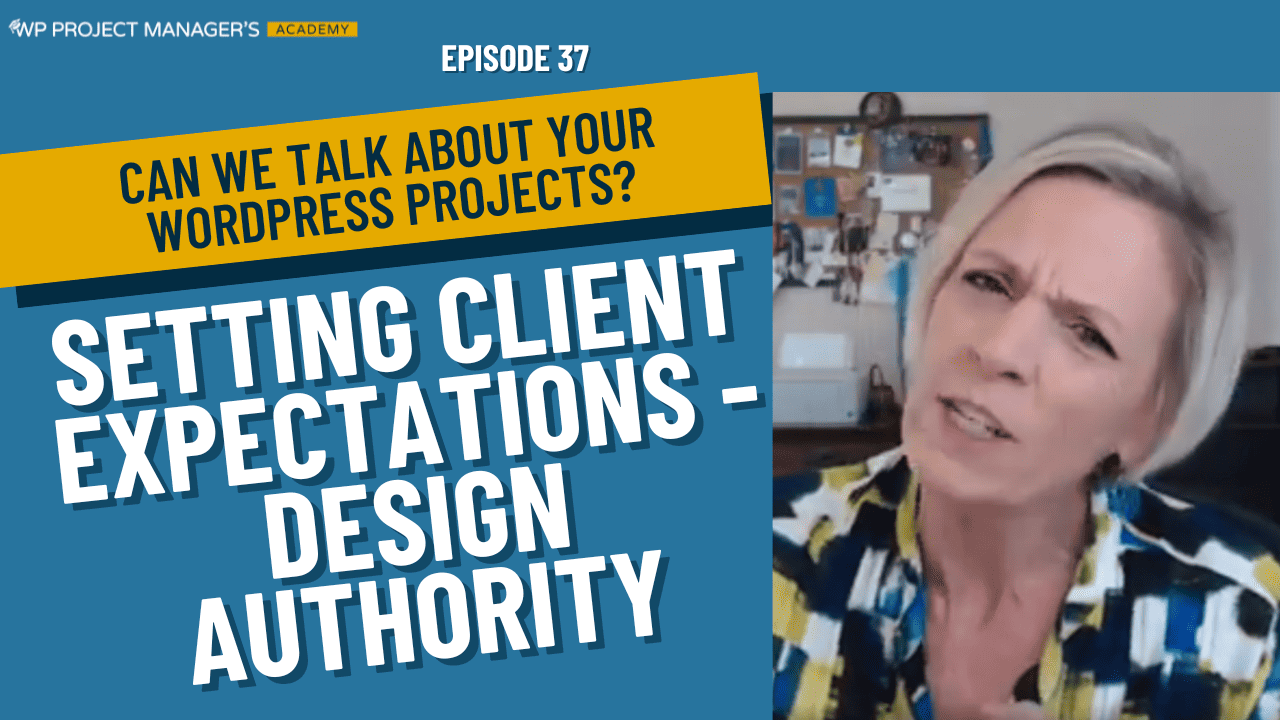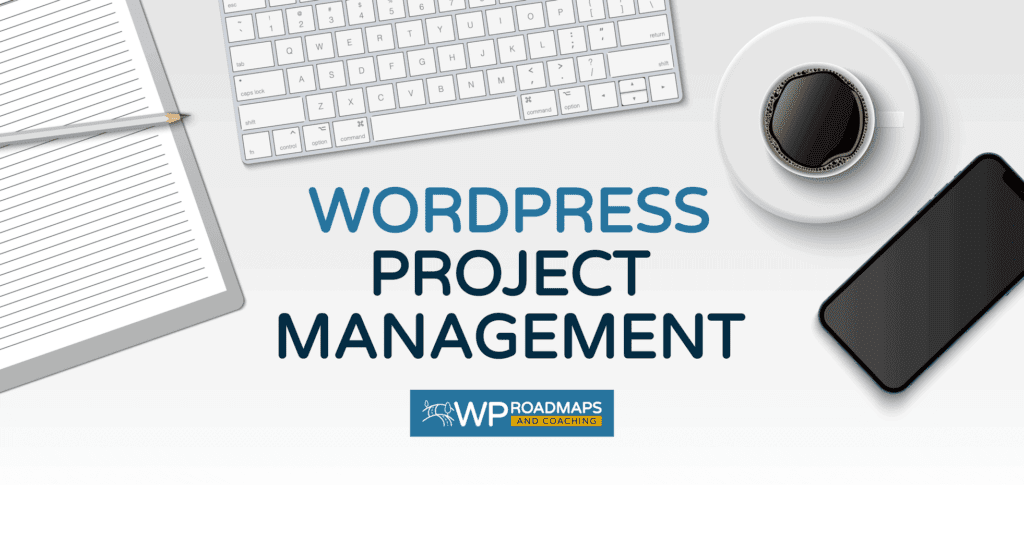Who IS the Designer, Anyway? Setting Client Expectations About Design
There’s a little bit of artist inside all of us—but when it comes to developing a successful site design, your client is going to have to shut their inner artist up, and you’re going to have to (politely) make them.
Designing a website is all about coming to a consensus on site aesthetics between you and your client, keeping functionality as the top priority. If you’re not careful, though, something that should be a fairly straightforward process can easily turn into a showdown.
Remember—your client came to you because they trusted you to create a functional site that gives their own clients consistently-good service. They are not hiring you to be the Picasso of pixels. Site development is hardly the only industry sector to suffer from clients’ “vision-intervention”, but it’s probably the most surprising for some.
We talked the other day about the number one, do-not-pass-go, do-not-collect-$200 question: “So what are some sites that you like?” But why is this question so counterproductive?
- It places form over function.
If your client is pushing you to focus on the aesthetics of their site, you’ve taken your eye off of the original goal of the project—functionality.
- It sets your client up for disappointment.
Because you’re supposed to be making a site that works as well as possible for your client’s purposes, the image they create in their head might not work for what they need.
- It draws back your own skills from shining.
You’re a talented, right-brained creator in your own right! You should be taking every opportunity to prove this to your clients, versus copy-pasting someone else’s ideas.
- It’s a recipe for scope creep.
Start debating over design inspiration with your client, and your project timeline will be out the door faster than you can say “Pinterest board”
So, what are some ways that we can come to a site that the client appreciates while letting us sit in the designer’s driver-seat?
- Break each aspect of the design and its function down into comprehensible parts.
As we’ve said before, “Because I said so,” is going to work approximately 0% of the time your client asks for an explanation. If you’re able to explain why something looks like it does and what it’s used for, you’re much more likely to get the message across to them.
- Anticipate any problems with your acceptance criteria.
Outline everything—and we mean, EVERYTHING—in your acceptance criteria.
Did your client say that bordeaux was a great color for their site, and now they’re coming in sold on nothing but navy? You’ve got a document to back your mutually-agreed decisions up.
- Stand behind your designer (especially if it’s not you)
Not all of us do our own designs, which is perfectly fine. But unless you display a totally unified front with your designer, you could run into doubts coming from your client. Keep that in mind in regards to both the language that you use verbally, as well as your acceptance criteria.
- Get paid for your client’s “artistic insight”!
If you’re client is absolutely dead-set on changing their site outside of the acceptance criteria, then they’re going to have to pay extra for it, period. Make sure that this point is clearly-defined in every walkthrough of your proposal and contract.
When dealing with clients and their design dreams, it all comes down to establishing roles and repeating that information as often as necessary. Firmness, transparency, and politeness is key.
Are ALL your projects getting done on time and within budget? If not, we got you!
Join the WP Project Manager’s Academy – a FREE membership program where you can learn everything you need to know to consistently get your projects completed on time, within budget, with features that meet the client’s business requirements WITHOUT sacrificing profit.
You might also want to Join our Facebook Group where we have weekly live trainings on all things project and productivity management as well as a Friday chat session.



